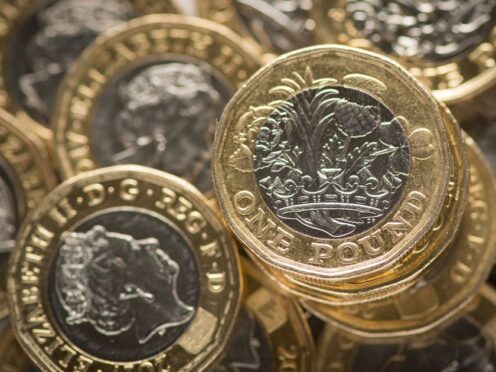Rises in used car prices have been a barrier to people entering insolvency in recent years, according to a financial support service.
Money Wellness made the comments ahead of changes to debt relief orders (DROs) this week, which will raise the value of a vehicle that people who are entering this type of insolvency can own.
From Friday June 28, the total amount someone with a DRO can have will increase from £30,000 to £50,000 and the value of a vehicle they can own when they enter a DRO will rise from £2,000 to £4,000.
There are three types of formal personal insolvency in England and Wales – including DROs, bankruptcies and individual voluntary arrangements (IVAs).
In April, a £90 administration fee to enter a DRO was abolished – and Insolvency Service figures have shown the number of people taking out DROs in England and Wales jumped to record highs in both April and May.
Money Wellness, which is commissioned by the Money and Pensions Service (MaPS) to deliver debt help, as well as being a DRO hub, said that rises in used car values have been a barrier.
Sebrina McCullough, director of external relations at Money Wellness, said: “The rise in car values has proven to be a real stumbling block for those seeking a DRO.
“We’ve had to look for alternative ways to support thousands of people over the past couple of years because of the value of their car. And we’re not talking top-of-the-range vehicles, your average second-hand run-around easily exceeds £2,000 because resale values have increased so dramatically.”
She said the organisation expects to see a further increase in people who are eligible for a DRO, as a result of the changes being made this week.
There are financial consequences to taking out DROs and they remain on credit files for six years.
Ms McCullough added that before the fee was removed “it was impossible for many people already in debt – some living with a negative income – to find £90 to cover the fee. We regularly had to try and help them find grant support and, if this was unsuccessful, ask them to come back when they’d saved up…
“It’s been great to see the direct impact removing the fee has had on people’s lives.”
